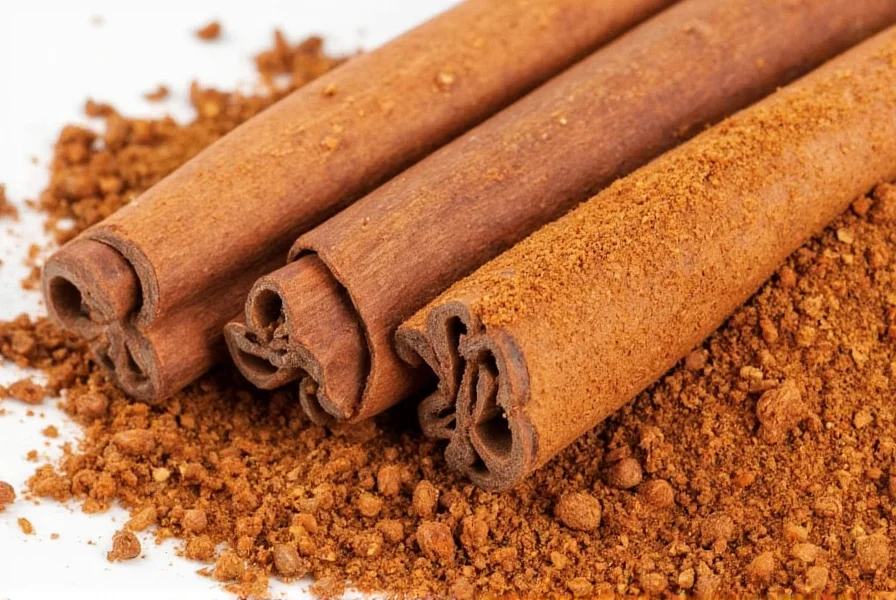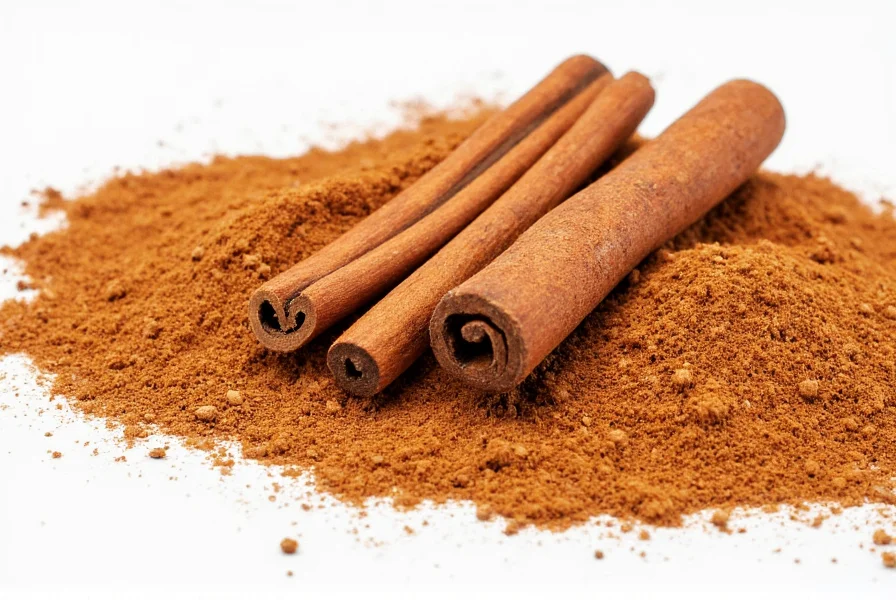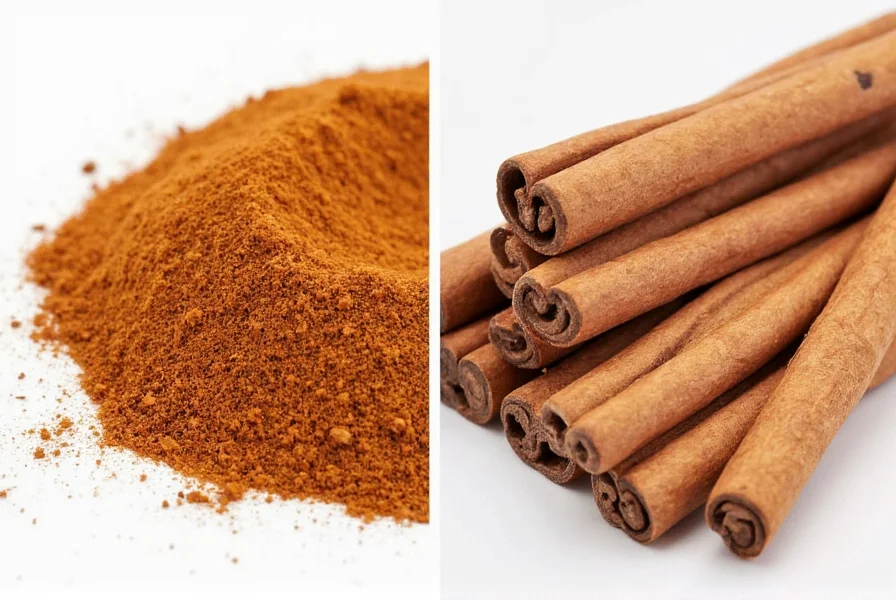When exploring the world of spices, many consumers encounter confusion between different cinnamon varieties. Understanding the distinction between Ceylon and Cassia cinnamon is crucial for both culinary excellence and health considerations. This comprehensive guide clarifies the key differences, benefits, and practical applications of these two cinnamon types that are often mistakenly referred to as simply "cinnamon and cinnamon".
The Two Main Cinnamon Varieties Explained
Cinnamon isn't a single uniform spice but rather comes from different species of Cinnamomum trees. The confusion in searching for "cinnamon and cinnamon" typically stems from not recognizing these two primary varieties that dominate the market.

Key Differences Between Ceylon and Cassia Cinnamon
Understanding the characteristics that differentiate these cinnamon types helps consumers make informed choices. The most significant differences include:
| Characteristic | Ceylon Cinnamon | Cassia Cinnamon |
|---|---|---|
| Scientific Name | Cinnamomum verum | Cinnamomum cassia |
| Origin | Sri Lanka, Madagascar, Seychelles | China, Indonesia, Vietnam |
| Appearance | Multiple thin, delicate layers forming a tight scroll | Thick, hard single-layer bark with a rough texture |
| Color | Light tan to medium brown | Dark reddish-brown |
| Taste Profile | Milder, sweeter, more complex with citrus notes | Stronger, spicier, more intense with a hotter finish |
| Coumarin Content | Very low (approximately 0.017g/kg) | High (approximately 2.1-6.6g/kg) |
| Price | More expensive (5-10x Cassia) | Affordable and widely available |
Health Implications of Different Cinnamon Types
The coumarin content represents the most significant health consideration when choosing between cinnamon varieties. Coumarin, while naturally occurring, can cause liver damage in sensitive individuals when consumed in large quantities over time.
Cassia cinnamon contains substantially higher levels of coumarin compared to Ceylon cinnamon. The European Food Safety Authority recommends a maximum daily intake of 0.1mg of coumarin per kilogram of body weight. For a 60kg adult, this translates to approximately 1 teaspoon of Cassia cinnamon daily as the upper limit for regular consumption.
When researching "cinnamon and cinnamon" health benefits, it's essential to recognize that many studies don't distinguish between types. Ceylon cinnamon offers similar antioxidant and anti-inflammatory properties as Cassia but without the coumarin concerns, making it preferable for regular consumption.

How to Identify Authentic Ceylon Cinnamon
Most cinnamon sold in supermarkets, especially in the United States, is actually Cassia. To ensure you're purchasing genuine Ceylon cinnamon:
- Examine the physical structure: Ceylon forms delicate, multi-layered scrolls while Cassia appears as a single thick, hard tube
- Check the label: Look for "Ceylon cinnamon," "Cinnamomum verum," or "true cinnamon"
- Consider the price: Authentic Ceylon typically costs significantly more than Cassia
- Observe the color: Ceylon has a lighter tan color compared to Cassia's dark reddish-brown
- Test the texture: Ceylon crumbles easily between fingers while Cassia remains hard
Culinary Applications and Recommendations
Both cinnamon varieties have their place in the kitchen, but understanding their differences enhances culinary results. The phrase "cinnamon and cinnamon" in recipe contexts often creates confusion about which type to use.
Cassia's stronger flavor makes it ideal for dishes where cinnamon should dominate, such as snickerdoodles, cinnamon rolls, and spice cakes. Its robust profile holds up well in baking and cooking.
Ceylon's delicate, complex flavor shines in applications where subtlety matters: custards, rice puddings, delicate pastries, and beverages like chai where its citrus notes complement other spices. Many professional chefs prefer Ceylon for savory applications like Moroccan tagines where a milder cinnamon flavor is desired.
When substituting between types, use approximately 1.5 times more Ceylon than Cassia to achieve similar flavor intensity. For health-focused consumers regularly using cinnamon in smoothies, oatmeal, or supplements, Ceylon represents the safer long-term choice due to its minimal coumarin content.
Practical Guidance for Consumers
Understanding the distinction between these cinnamon types transforms how you approach this common spice. When searching for information about "cinnamon and cinnamon," focus your research on the Ceylon versus Cassia comparison to find accurate information.
For daily use, especially in therapeutic applications or for children, Ceylon cinnamon provides the health benefits of cinnamon without the coumarin concerns associated with regular Cassia consumption. Specialty food stores, international markets focusing on Sri Lankan products, and reputable online spice merchants typically offer authentic Ceylon cinnamon.
Reading labels carefully and understanding regional naming conventions helps avoid confusion. In some countries, Cassia is labeled as "Chinese cinnamon" or "Saigon cinnamon," while Ceylon may appear as "Ceylon cinnamon" or "true cinnamon."
Frequently Asked Questions
Is one type of cinnamon healthier than the other?
Ceylon cinnamon is generally considered healthier for regular consumption due to its significantly lower coumarin content. While both types offer similar antioxidant and anti-inflammatory benefits, Cassia's high coumarin levels can pose liver health risks with frequent, high-volume consumption. For therapeutic use or daily addition to foods and beverages, Ceylon provides the health benefits of cinnamon without the coumarin concerns.
How can I tell if my cinnamon is Ceylon or Cassia?
Examine the physical characteristics: Ceylon cinnamon forms thin, delicate, multi-layered scrolls that crumble easily, while Cassia appears as a single thick, hard tube with a rough texture. Ceylon has a lighter tan color and sweeter, more complex aroma compared to Cassia's dark reddish-brown color and stronger, spicier scent. If purchased in powder form, check the label for "Ceylon" or "true cinnamon" designation, as visual identification becomes difficult once ground.
Can I substitute Ceylon cinnamon for Cassia in recipes?
Yes, but with adjustments. Ceylon has a milder flavor than Cassia, so you'll typically need about 1.5 times more Ceylon to achieve similar flavor intensity. For recipes where cinnamon plays a supporting role, a 1:1 substitution works well. In baking applications like cinnamon rolls where strong cinnamon flavor is desired, consider using a blend of both types. For health-focused applications like daily smoothie additions, Ceylon makes an excellent direct substitute without flavor adjustment needed.
Why is Cassia cinnamon more common than Ceylon?
Cassia cinnamon dominates the market primarily due to economics. Cassia is significantly cheaper to produce, with higher yields per tree and easier harvesting methods. It grows abundantly in China, Indonesia, and Vietnam where production costs are lower. Ceylon cinnamon requires more labor-intensive harvesting from trees primarily grown in Sri Lanka, making it more expensive. Additionally, Cassia's stronger flavor appeals to many commercial food manufacturers who prefer its pronounced taste in processed foods.
How much cinnamon is safe to consume daily?
For Cassia cinnamon, the European Food Safety Authority recommends no more than 0.1mg of coumarin per kilogram of body weight daily. This translates to approximately 1 teaspoon (2.5g) for a 60kg adult. Ceylon cinnamon contains minimal coumarin, making larger amounts generally safe. Most experts suggest 1-2 teaspoons of Ceylon cinnamon daily provides health benefits without concerns. Individuals with liver conditions or taking medications should consult healthcare providers before regular therapeutic use of any cinnamon type.











 浙公网安备
33010002000092号
浙公网安备
33010002000092号 浙B2-20120091-4
浙B2-20120091-4